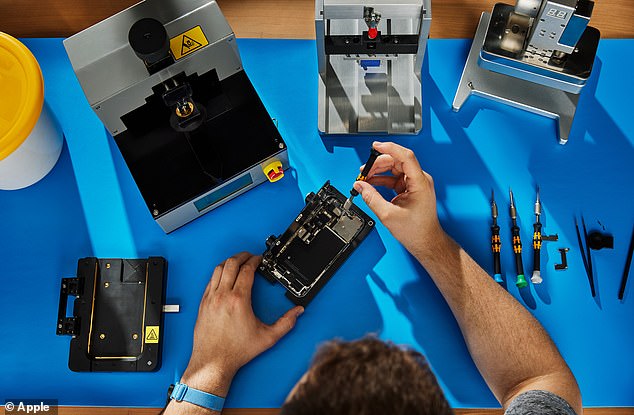If you’re always breaking your iPhone, a new update from Apple will make repairing your device much cheaper and easier.
Starting this fall, “select iPhone models” will be able to receive used components, such as a screen or camera, from another iPhone, as long as they are “genuine” Apple parts.
Currently, when someone places a used component in their iPhone, the device rejects it by limiting functionality and sending notifications about an “unknown part.”
It marks a positive step for the “right to repair” movement, which puts pressure on tech giants to make their phones easier to repair.
However, one expert said the multibillion-dollar company is only making the change because of pressure from lawmakers.
Apple is making it easier for iPhone owners to perform simple repairs by allowing owners to install used components.
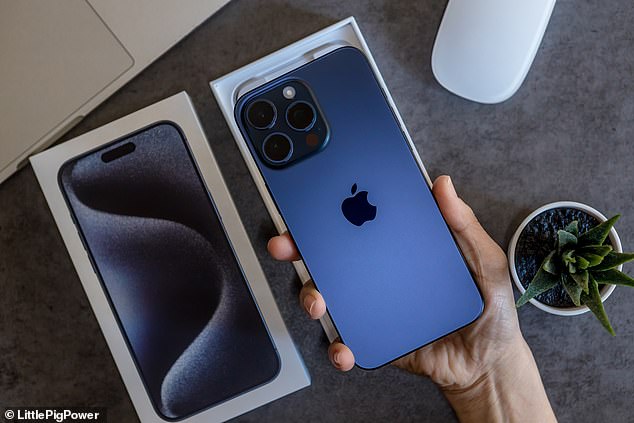
In a blog post, Apple said the update will come to “select iPhone models,” although TechCrunch reports that this refers to the iPhone 15 and the upcoming iPhone 16. Pictured is the iPhone 15 released last year.
in a blog postApple said the update will come to “select iPhone models,” although TechCrunch reports that this refers to the iPhone 15 and the upcoming iPhone 16.
“Used Genuine Apple parts will now benefit from the full functionality and safety offered by original factory calibration, just like new Genuine Apple parts,” Apple says.
Apple currently requires customers to undergo a controversial process called “parts pairing” when they want to put new parts into their iPhone.
When you buy an iPhone, the phone’s software is coded to recognize the serial numbers of different components, such as the screen and battery.
As a result, if the iPhone is equipped with components with serial numbers that are not recognized by the software, various functions of the iPhone will not work correctly.
What’s more, users will receive notifications informing them that the phone cannot determine whether the newly installed battery or screen “is a genuine Apple part.”
According to a test conducted by iFixit, with current “parts pairing” restrictions, if a broken iPhone 15 screen is replaced with an identical screen, key functions such as the front camera, Face ID, and auto-brightness stop working.
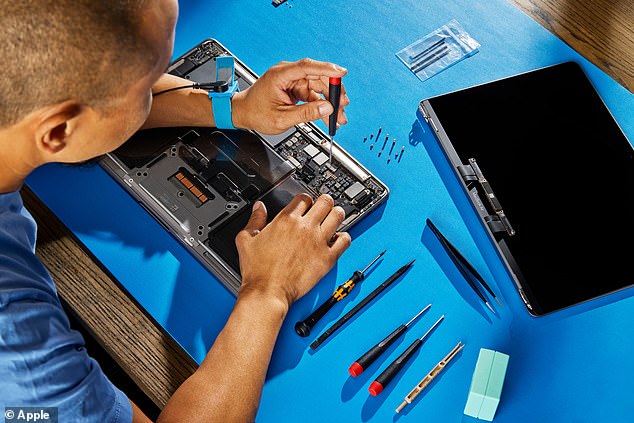
Apple currently requires customers to undergo a controversial process called ‘parts pairing’ when they want to put new parts in their iPhone.
This is because the phone recognizes each “paired” part and restricts the ability to replace parts without a proprietary process to restore functionality.
With the new update, it seems that Apple is taking the first step away from part pairing.
Starting this fall, calibration of genuine Apple parts, new or used, will be performed on the device after the part is installed, the company says in the blog post.
However, it’s unclear whether a refurbished iPhone will have full functionality starting in the fall; MailOnline has contacted Apple for more information.
Apple has defended the pairing of parts, describing it as “critical to preserving the privacy and security of the iPhone.”
But right-to-repair advocates say this fuels the global e-waste problem by making perfectly functional components expendable.
Nathan Proctor, senior director of the Right to Repair campaign at the Public Interest Research Group, said Apple is facing increasing legislative pressure to end the practice.
The move coincides with a bill introduced in the Colorado Senate that prohibits companies from limiting repairs using a sneaky tactic known as “part matching.”
“Make no mistake: the reason Apple is doing this is because the right to repair is advancing, thanks to the efforts of state legislators and our coalition of repairers, manufacturers, and environmental and consumer advocates,” he said. Proctor.
‘E-waste is the fastest growing waste stream in the world and represents a global crisis.
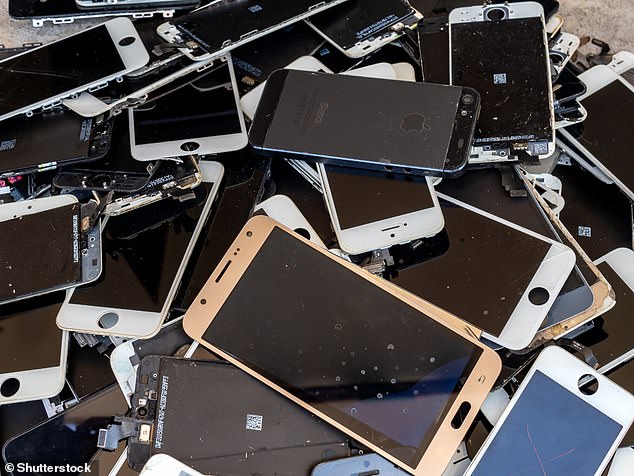
Big tech companies that make hard-to-repair devices create a mountain of electronic and electrical waste, wasting resources and ruining the environment, environmental activists say.
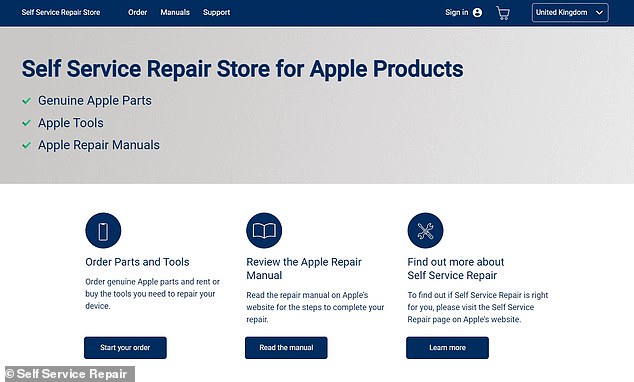
The tech giant’s Self Service Repair program sends replacement parts and tools to people’s homes for a fee so they can repair their broken iPhones and Mac computers.
‘Companies that use software to prevent compatible replacement parts from working fully make this problem worse, hurting consumers and hurting local repair shops.
“Legislators should ban these repair restrictions entirely, not just a few devices from a single manufacturer.”
Proctor emphasized that this doesn’t mean the pairing is coming to an end, adding that it will “definitely continue” based on this announcement.
“Apple does not describe the steps to take to restore functionality to used or exchanged Apple parts, only that it will be allowed on certain iPhone models starting in the fall,” he said.
“Apple still strongly opposes legislative proposals to limit part-matching.”
Apple has a self-service repair program that sends replacement parts and tools to people’s homes for a fee so they can repair their broken iPhones and Mac computers.
According the edgeThe new change means that users will not have to bother giving their phone’s serial number when placing an order.
Apple launched the service in the US in 2021 and the UK the following year, although it has been criticized for being overly complex and having “disastrous” results.
However, Apple said the program is only suitable for “customers who are experienced in the intricacies of electronic device repair.”


